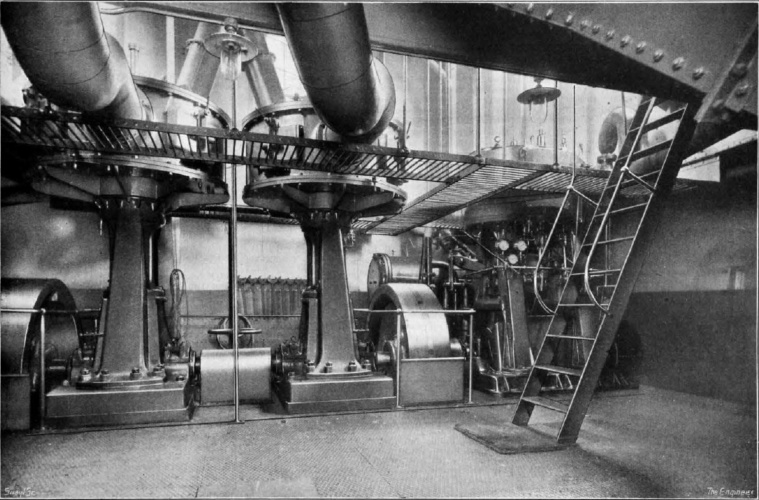READ THE ORIGINAL ARTICLE HERE
The pneumatic ‘Thomas Wiles’ grain elevator was designed and built by a company founded in Manchester by Henry Simon, an engineering polymath whose numerous achievements include the introduction of roller milling, which saw improvements in three key areas of flour processing, namely grinding, purifying and dressing.

Simon passed away in 1899 but his legacy continues with over 3400 staff operating globally to deliver milling expertise accumulated during the company’s 141-year history. Another facet of the Stockport headquartered company is handling, and in 1931 Henry Simon Ltd, as it was known, delivered a grain elevator capable of handling 110 tons of grain per hour.
The elevator was specially built to meet the demand of the grain trade in the Authority’s docks, and an outstanding feature of the design, said The Engineer, was the range of steamers it would serve, embracing the smaller tramp steamer to the large liners of the Atlantic Transport Company’s ‘Minnewaska’ and ‘Minnetonka’ vessels, which were the largest ships using the Port of London at the time.
The overall length and breadth of the pontoon was 82ft and 35ft respectively. The breadth at the bottom was 32ft 6in and it had a moulded depth of 12ft 6in.
“The pontoon is divided into five compartments,” said The Engineer. “Forward there is a storeroom, which is separated by a water-tight bulkhead from the compartments in which are placed the engines and exhausting pumps, the elevating machinery, and the boiler respectively.
“At the after part of the pontoon, there are quarters for the crew, and amidships there are an engineer’s cabin and a dynamo-room. The corners of the pontoon at either end are arranged with water-tight compartments for water ballast.”
The twin engine-driven pumps which produced the vacuum for lifting the grain and depositing it into the grain receiver were, said The Engineer, of the ‘Simon’ special type, with a cylinder diameter of 45 1/2in and a stroke of 16in. that were coupled direct to the engine.
“A feature of the valve design is the arrangement of the valves at the outsides of the cylinders, which gives easy access for examination and cleaning, a special platform to the cylinders being provided,” our correspondent wrote. “The pistons are furnished with special rings and are dry lubricated. Between the pumps, and the receiver there are two cyclones for removing the dust, and there is a release valve which can be operated from the engine room, the function of which is to break the vacuum in case of emergency. At each cyclone there is a motor-driven dust seal, which removes the dust without breaking the vacuum.”
The grain receiver itself consisted of a large circular steel tank built in sections and attached to the superstructure of the pontoon by a steel ring with cast iron supporting feet. The bucket elevator was enclosed in a weather-tight casing, supported on the floor of the pontoon, and carried high enough to deliver the grain either to the weighing room or directly over-side. The automatic weighing plant was accommodated in a steel-braced weigh house, having steel-framed windows and wooden doors, with the necessary access platforms and ladders, said The Engineer.
“Compensation for the grain in transit at the cut-off of the feed gate is effected by the “Reform” patented compensating device, which permits of the amount in transit being ascertained and compensated for, positively upon the first weightment,” our correspondent observed. “A feed gate-closing handle, which is conveniently arranged on the side frame, enables the machine to be stopped instantly during any part of the operation. This fitting, used in conjunction with the residue weighing steelyard, enables pre-determined parcels of grain to be weighed off with extreme accuracy. A supplementary locking catch is also fitted, so that the machine can be stopped at the end of any weightment.”




Nanogenerator consumes CO2 to generate electricity
Whoopee, they've solved how to keep a light on but not a lot else.